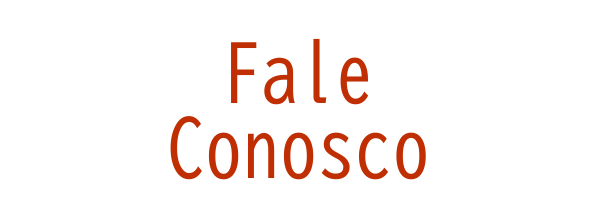Outcome of axonal and demyelinating forms of Guillain-Barré syndrome in children.
Autor(es): Tekgul Hasan; Serdaroglu Gul; Tutuncuoglu Sarenur
Resumo: Previous reports have suggested that outcome is worse in the axonal compared with the demyelinating form of Guillain-Barré syndrome (GBS). We performed a retrospective study of 23 children with electrophysiologically confirmed cases of predominant subtypes of GBS to investigate this issue. The patients were classified based on the electrodiagnostic features: Ten (44%) had acute inflammatory demyelinating polyradiculoneuropathy, eight (35%) had acute motor axonal neuropathy, and five (21%) had acute motor-sensory axonal neuropathy. All patients received a standard intravenous immunoglobulin therapy (0.4 g /kg /day for 5 consecutive days). In the acute phase of the disease, patients with the axonal forms of GBS were more disabled than were those with the demyelinating GBS, as measured by GBS scores. Mechanical ventilation was required in five (38%) patients in the axonal group compared with one (10%) patient in the demyelinating group. There was no significant difference at 6 months in GBS scores between demyelinating and axonal forms of GBS. All 20 survivors recovered completely by 12 months. After standard intravenous immunoglobulin therapy, children with axonal forms of GBS recover more slowly than those with the demyelinating form, but outcome at 12 months appears to be equally favorable in two groups.
Imprenta: Pediatric Neurology, v. 28, n. 4, p. 295-299, 2003
Identificador do objeto digital: 10.1016/S0887-8994(02)00626-4
Descritores: Guillain-Barre Syndrome - Clinical examination ; Guillain-Barre Syndrome - Epidemiology ; Guillain-Barre Syndrome - Public health
Data de publicação: 2003








